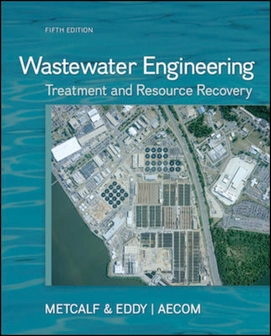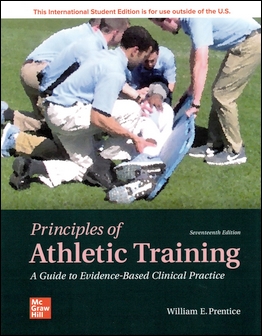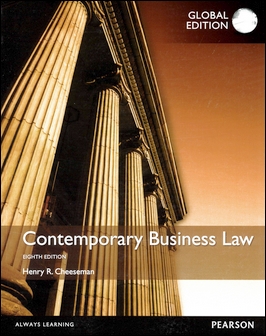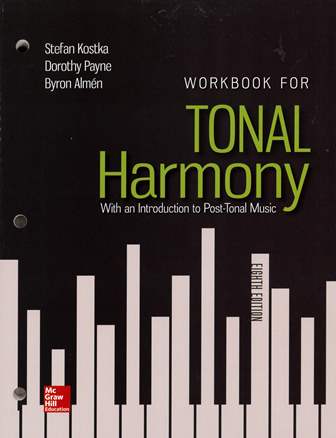書籍分類

(E-Book) Wastewater Engineering: Treatment Resource Recovery 5/e
作者:Metcalf & Eddy Inc.
原價:NT$ 1,000
ISBN:9780077441210
版次:5
年份:2014
出版商:McGraw-Hill
頁數/規格:電子書
版次:5
年份:2014
出版商:McGraw-Hill
頁數/規格:電子書
內容介紹 本書特色 目錄 作者介紹
- 電子書訂購前請先詳讀:
- 訂購付款完畢後,請填寫 電子書回報資料-官網訂單,資料若不全,將影響您後續派送權益
- 查看 電子書平台登錄與註冊說明
- 查看 電子書平台操作手冊
- 此訂單為電子書,非紙本課本,電子書兌換碼一旦派送,則無法辦理退貨。
- 若有任何問題請 Email 至 ebook@tunghua.com.tw
帳號訂購流程
Step 1 登入會員 非東華網站會員,請點選右上角『註冊』。
Step 2 點選 『加入購買』填寫相關資料,並確認訂單無誤後,即可送出訂單。
Step 3 審核訂單 訂購單會盡力於24小時內(遇周末假日順延)審核,確定有庫存,系統會發送『付款通知信』至指定信箱。
Step 4 付款 收到付款通知信後,請於七天內付款。
Step 5 電子書兌換碼 確認入帳後,約 1-3 個工作天派送電子書兌換碼,會發訊息至您的個人 email 信箱。
Description
Wastewater Engineering: Treatment and Resource Recovery, 5/e is a thorough update of McGraw-Hill's authoritative book on wastewater treatment. No environmental engineering professional or civil or environmental engineering major should be without a copy of this book - describing the rapidly evolving field of wastewater engineering technological and regulatory changes that have occurred over the last ten years in this discipline, including: a new view of a wastewater as a source of energy, nutrients and potable water; more stringent discharge requirements related to nitrogen and phosphorus; enhanced understanding of the fundamental microbiology and physiology of the microorganisms responsible for the removel of nitrogen and phosphorus and other constituents; an appreciation of the importance of the separate treatment of return flows with respect to meeting more stringent standards for nitrogen removal and opportunities for nutrient recovery; increased emphasis on the treatment of sludge and the management of biosolids; increased awareness of carbon footprints impacts and greenhouse gas emissions, and an emphasis on the development of energy neutral or energy positive wastewater plants through more efficient use of chemical and heat energy in wastewater.
This revision contains a strong focus on advanced wastewater treatment technologies and stresses the reuse aspects of wastewater and biosolids.







